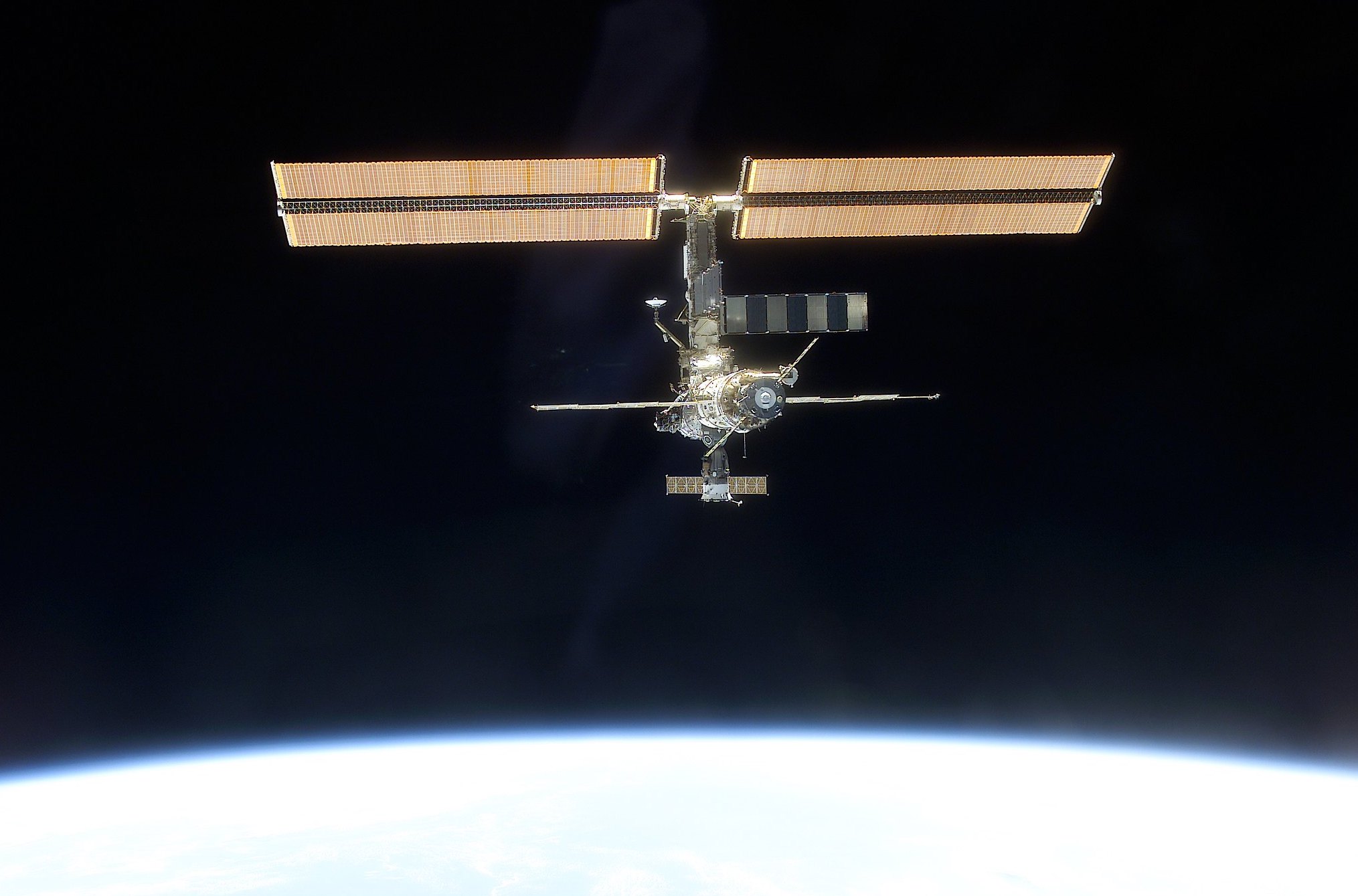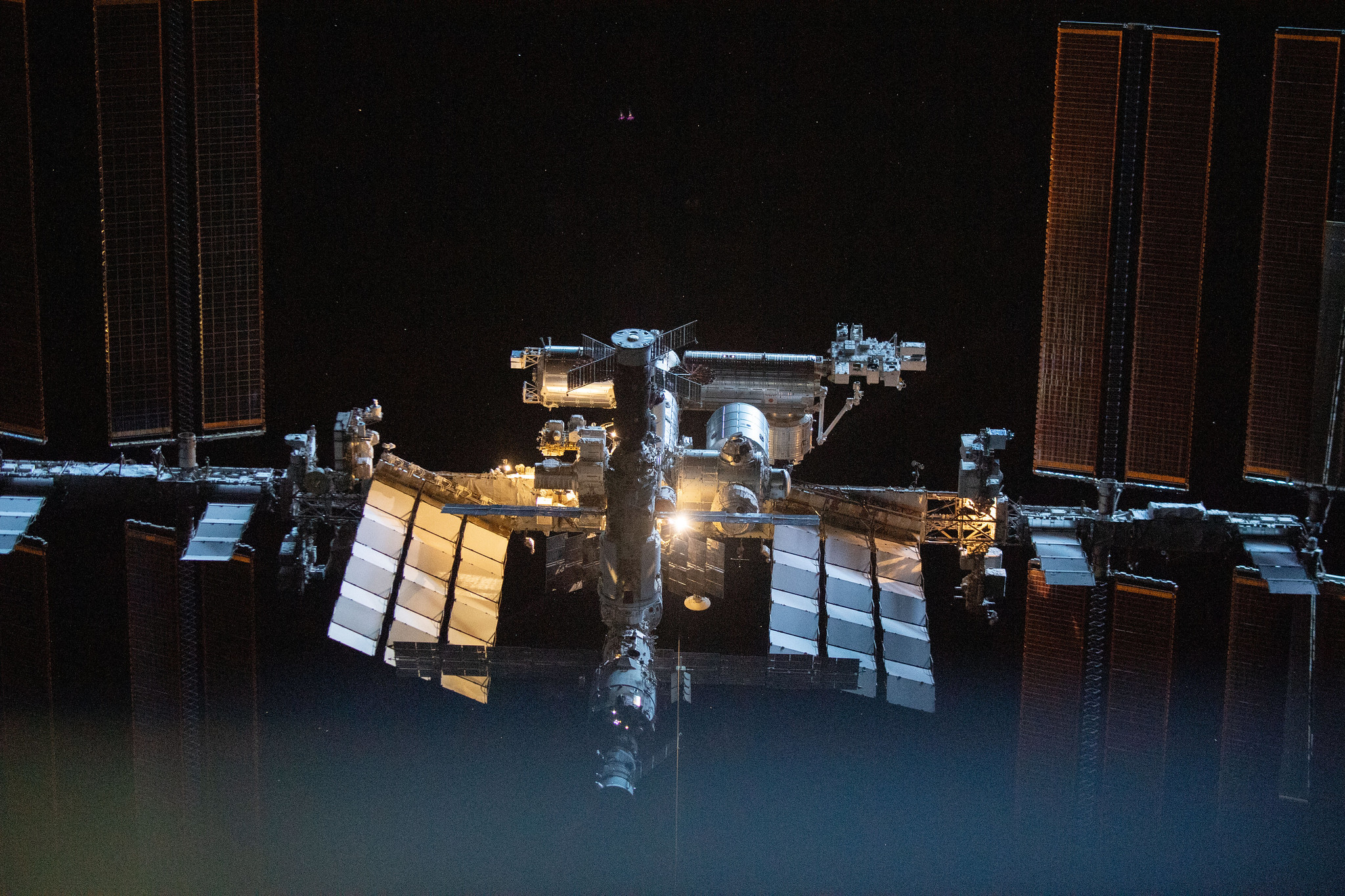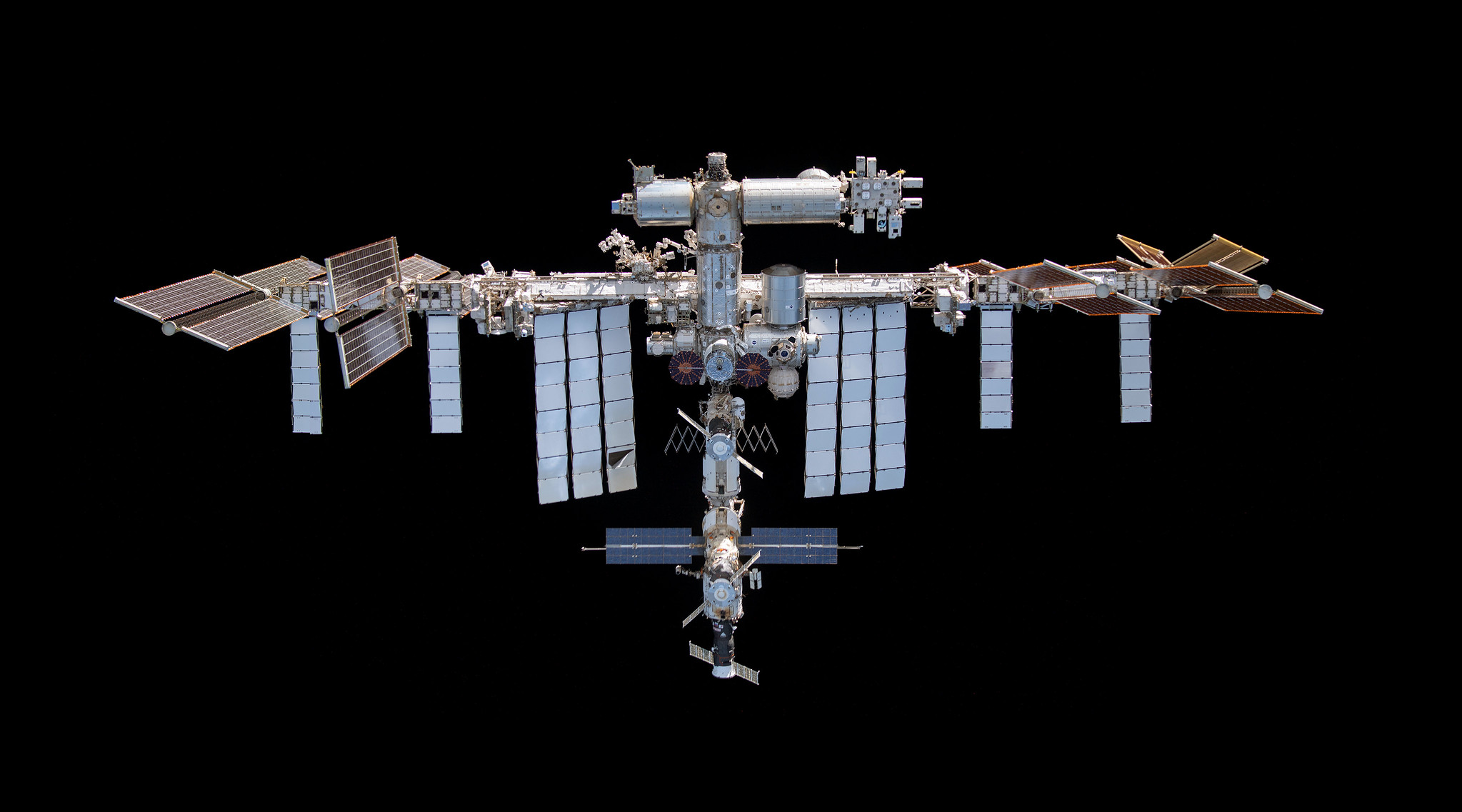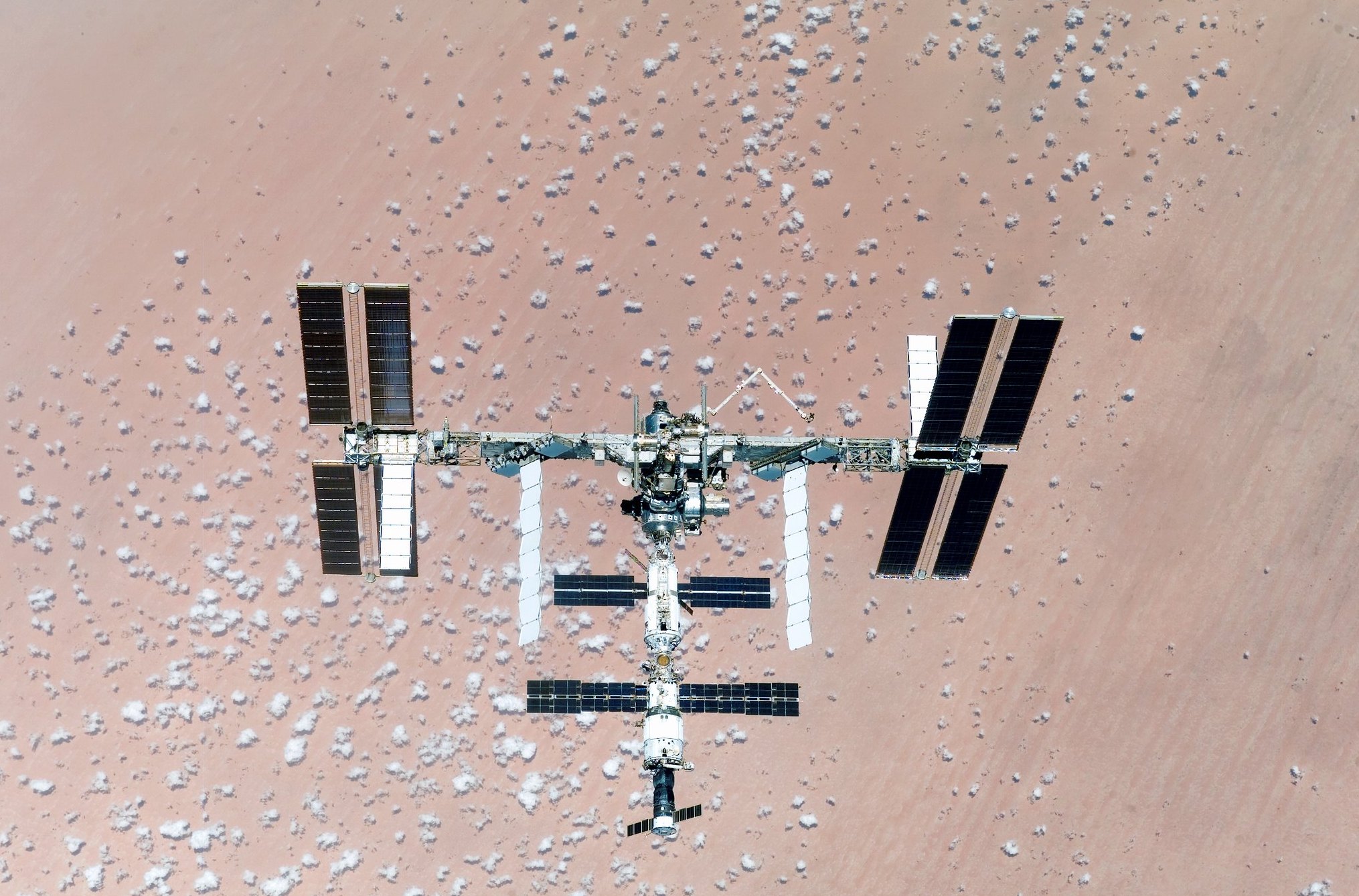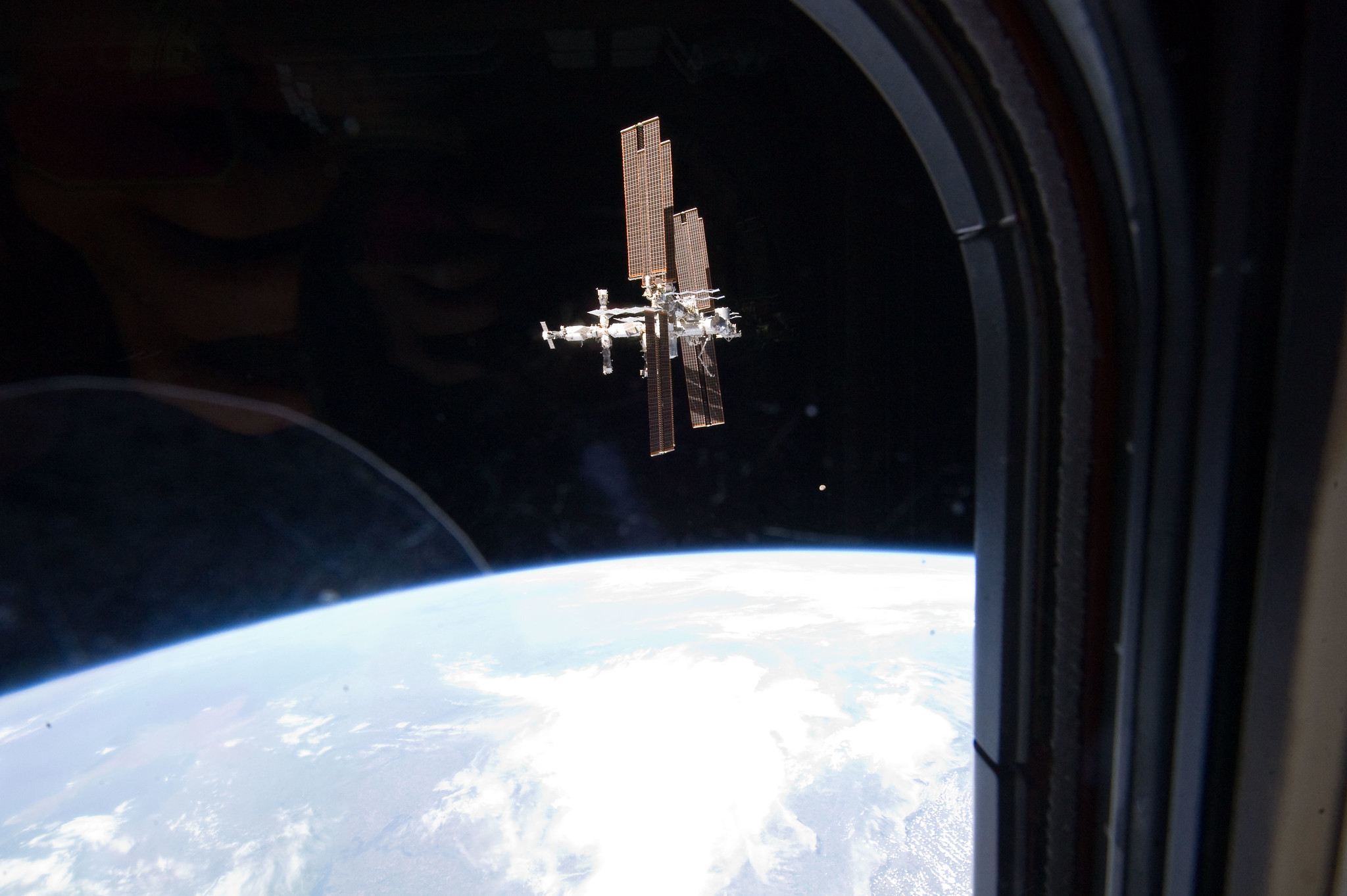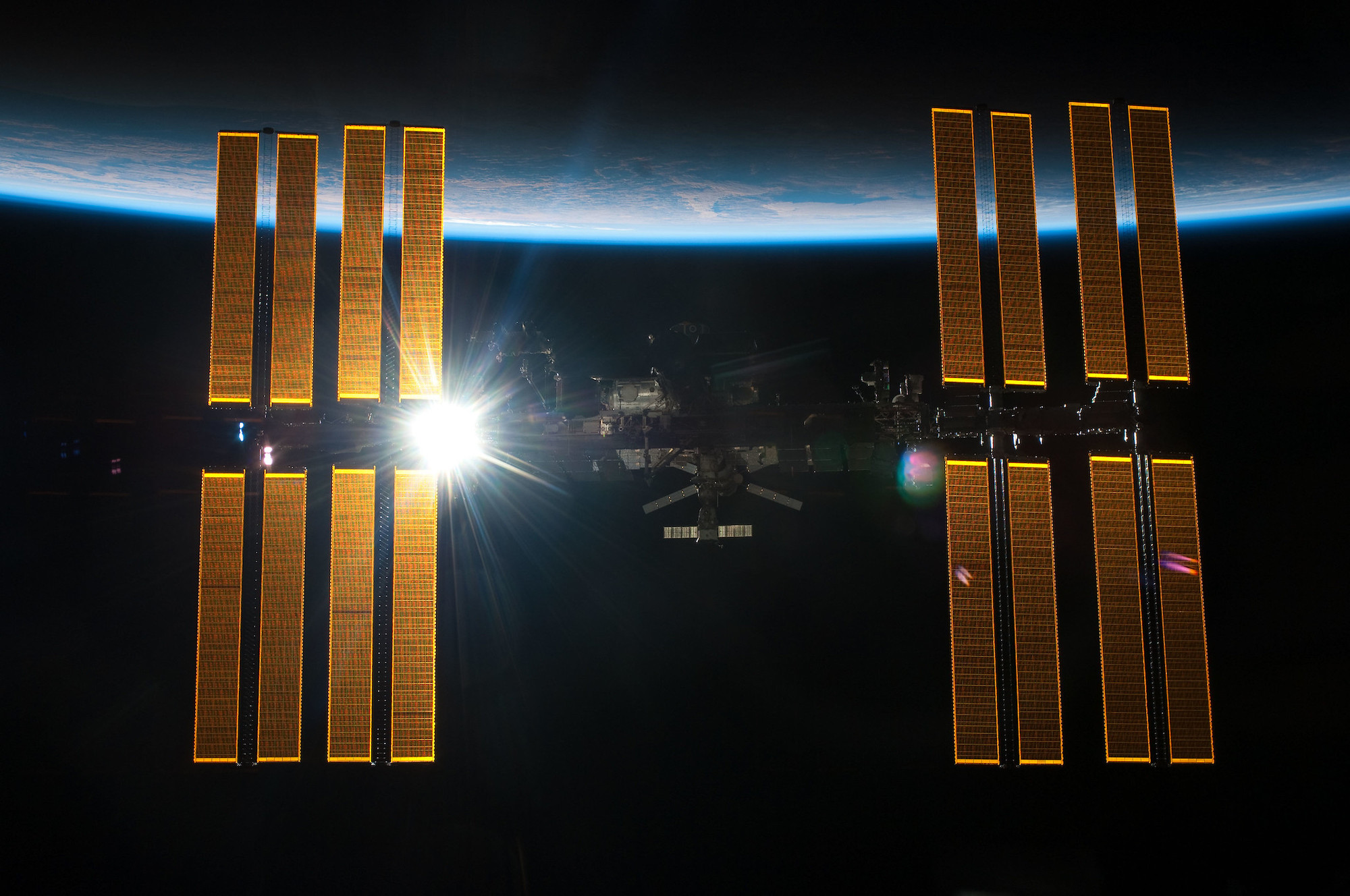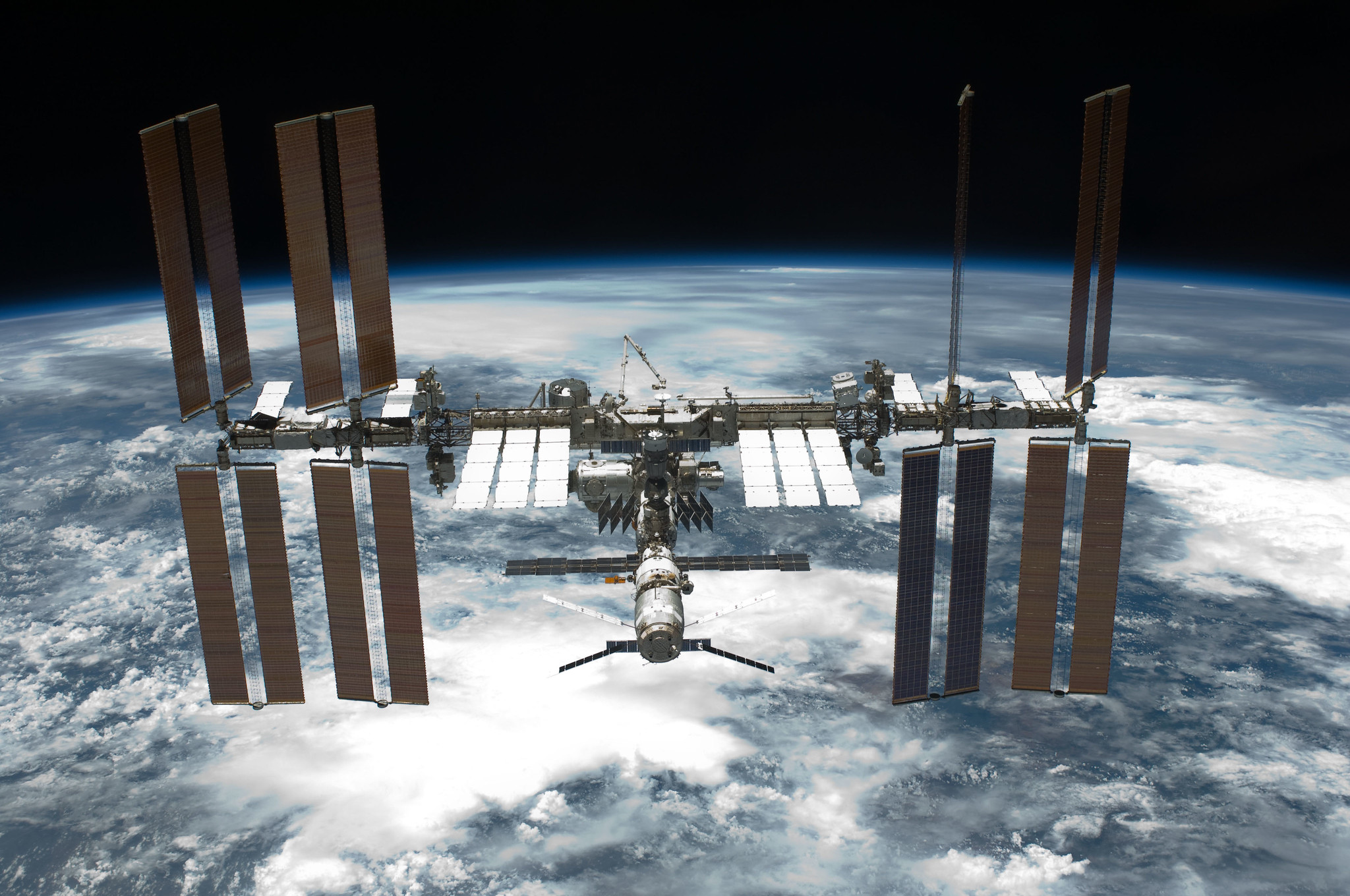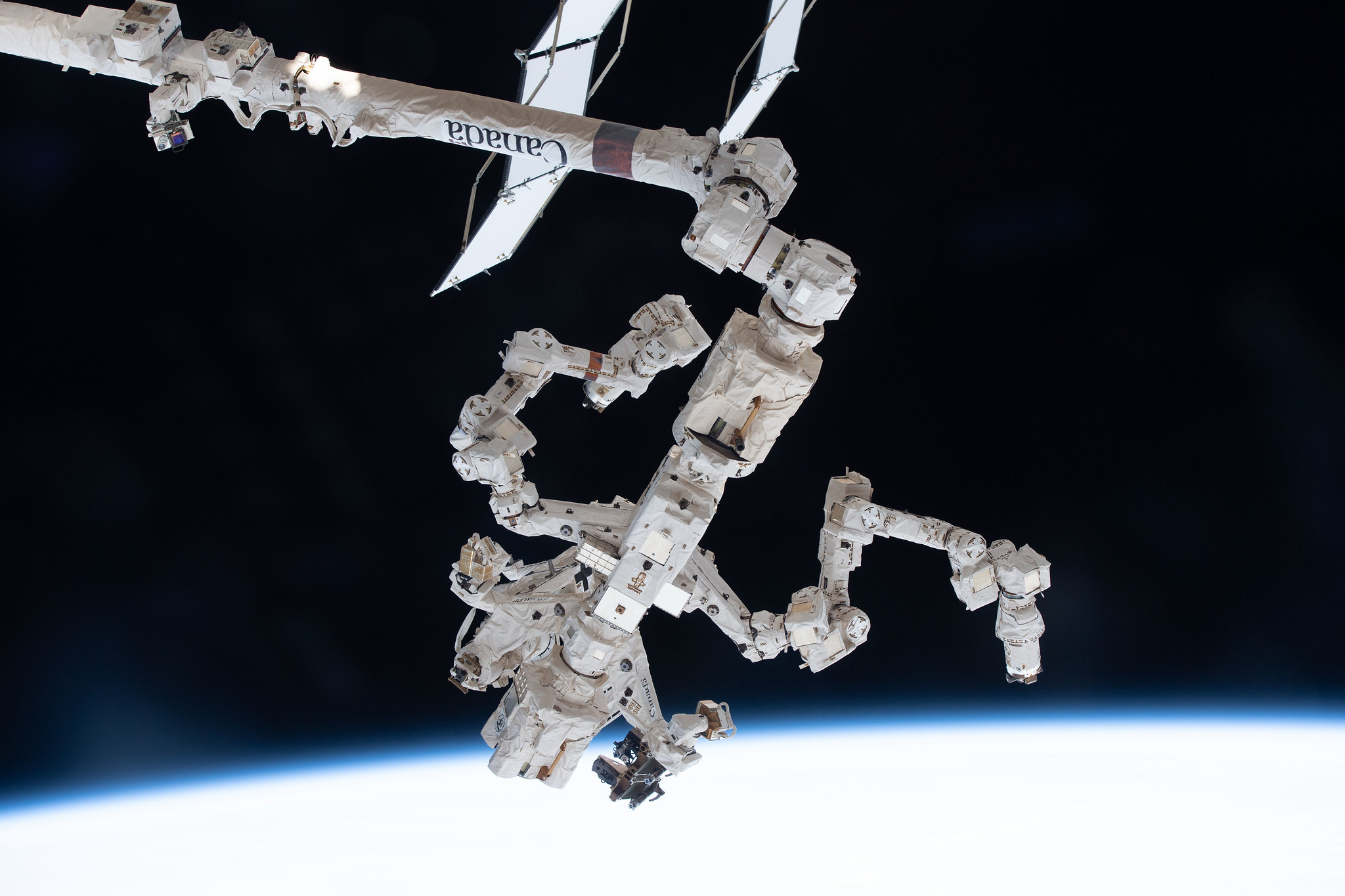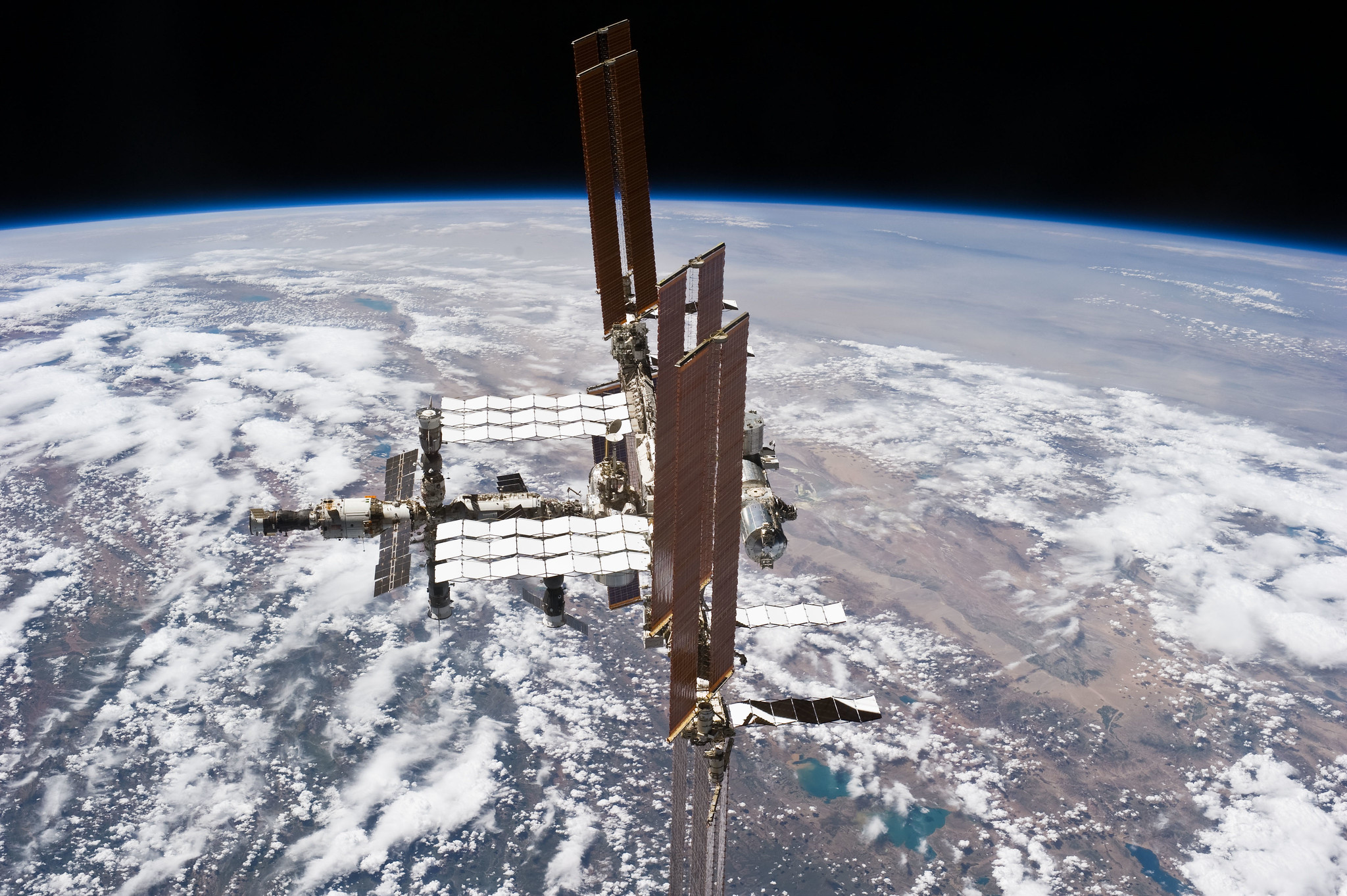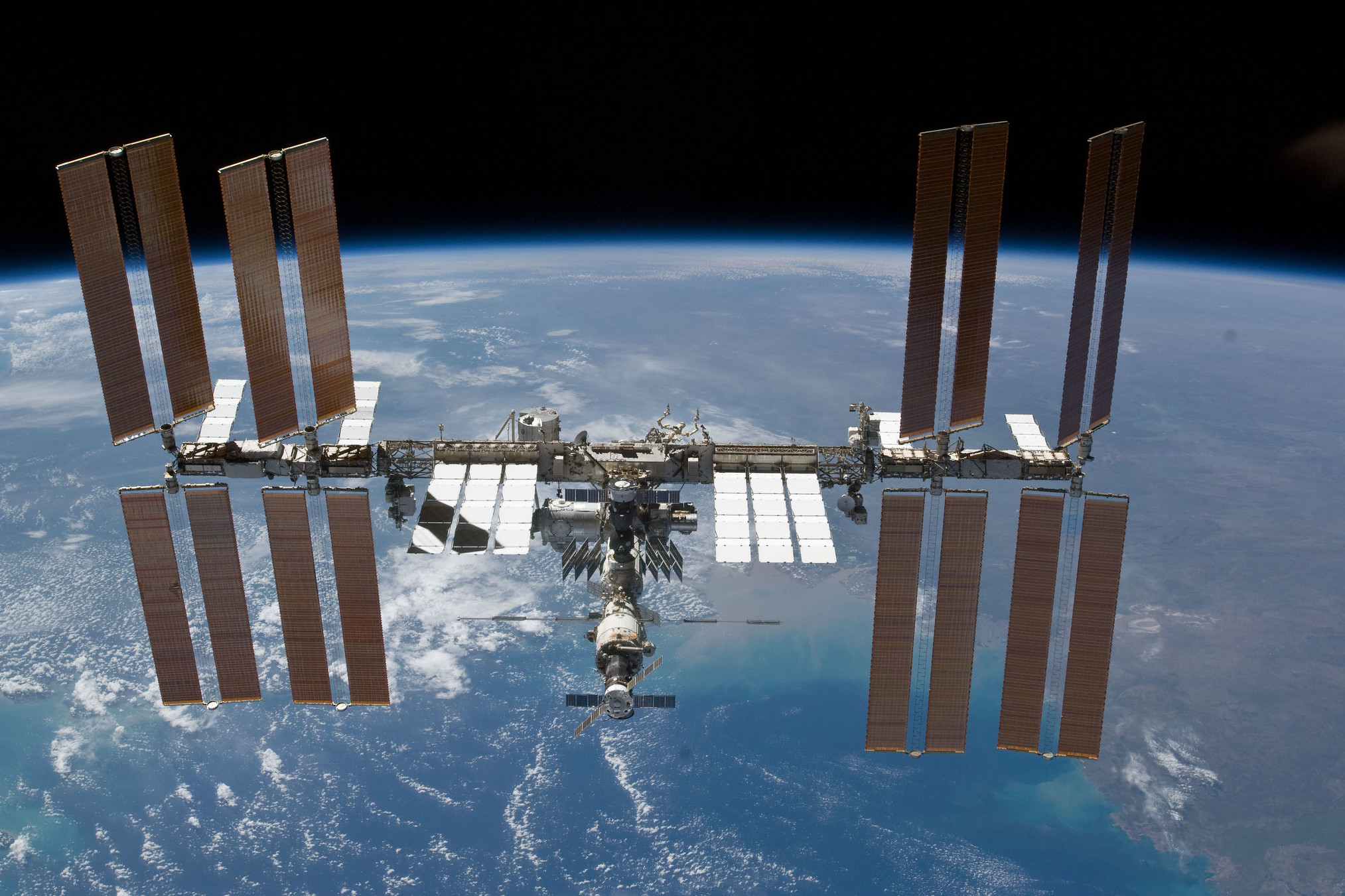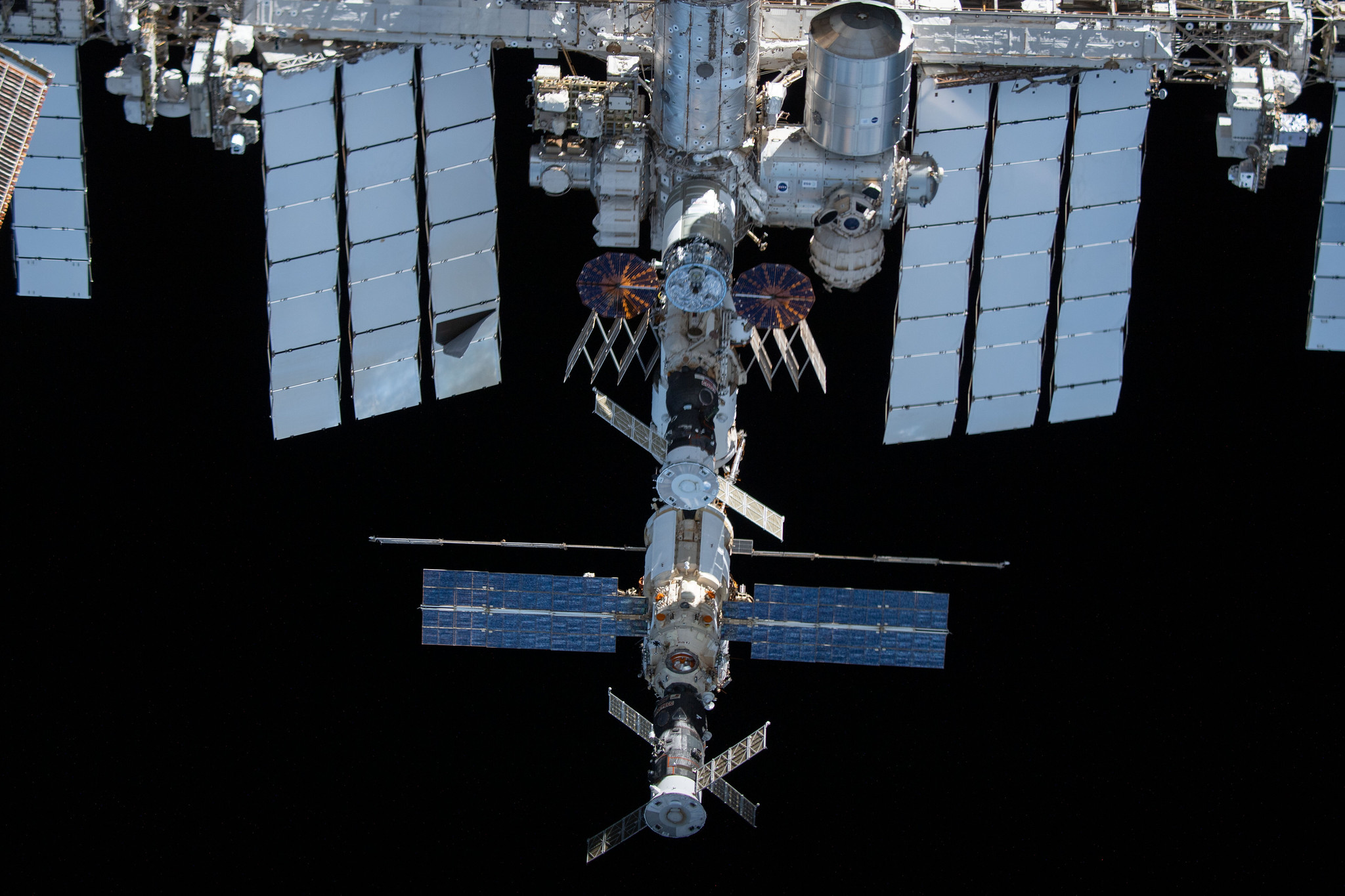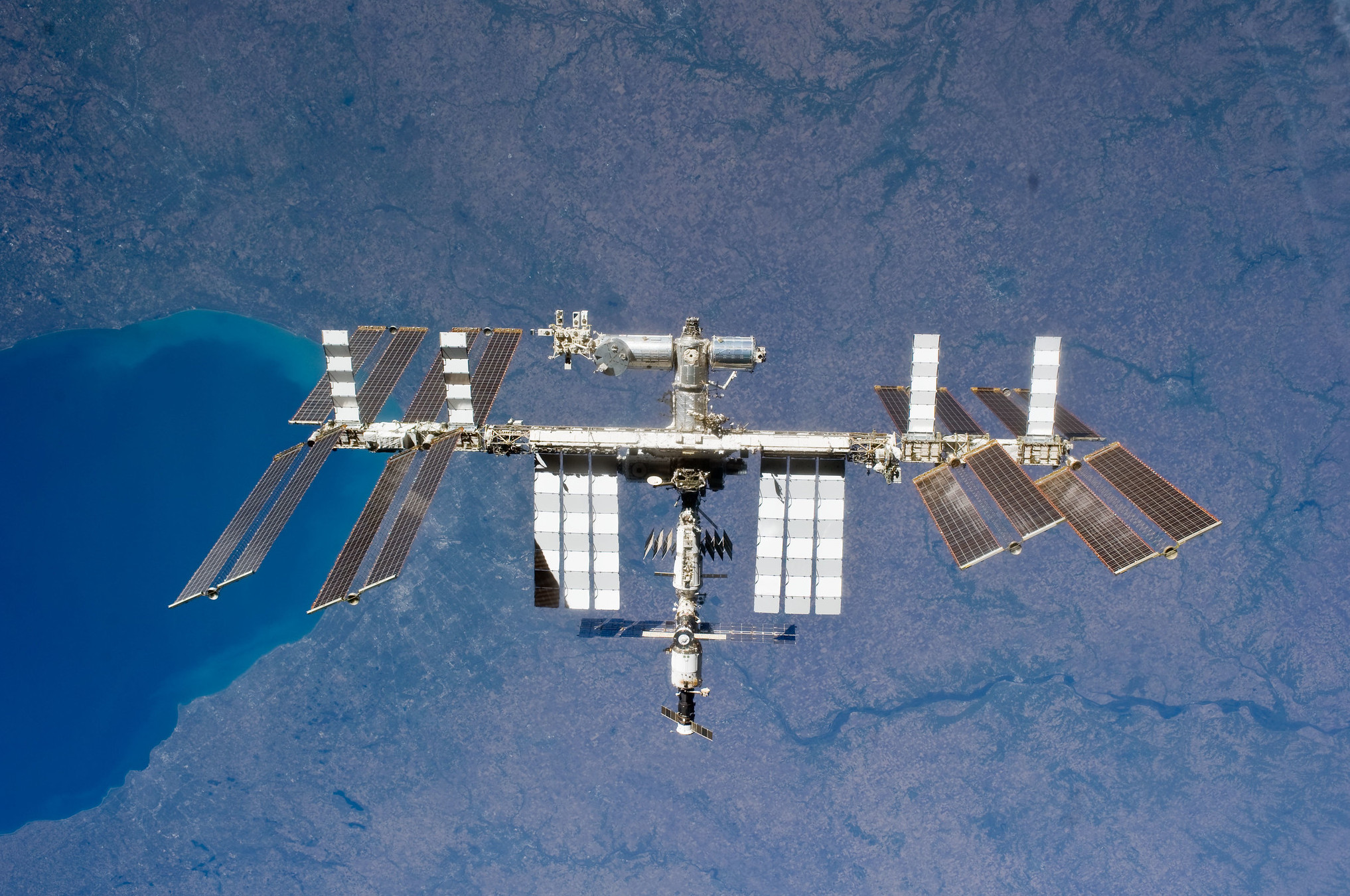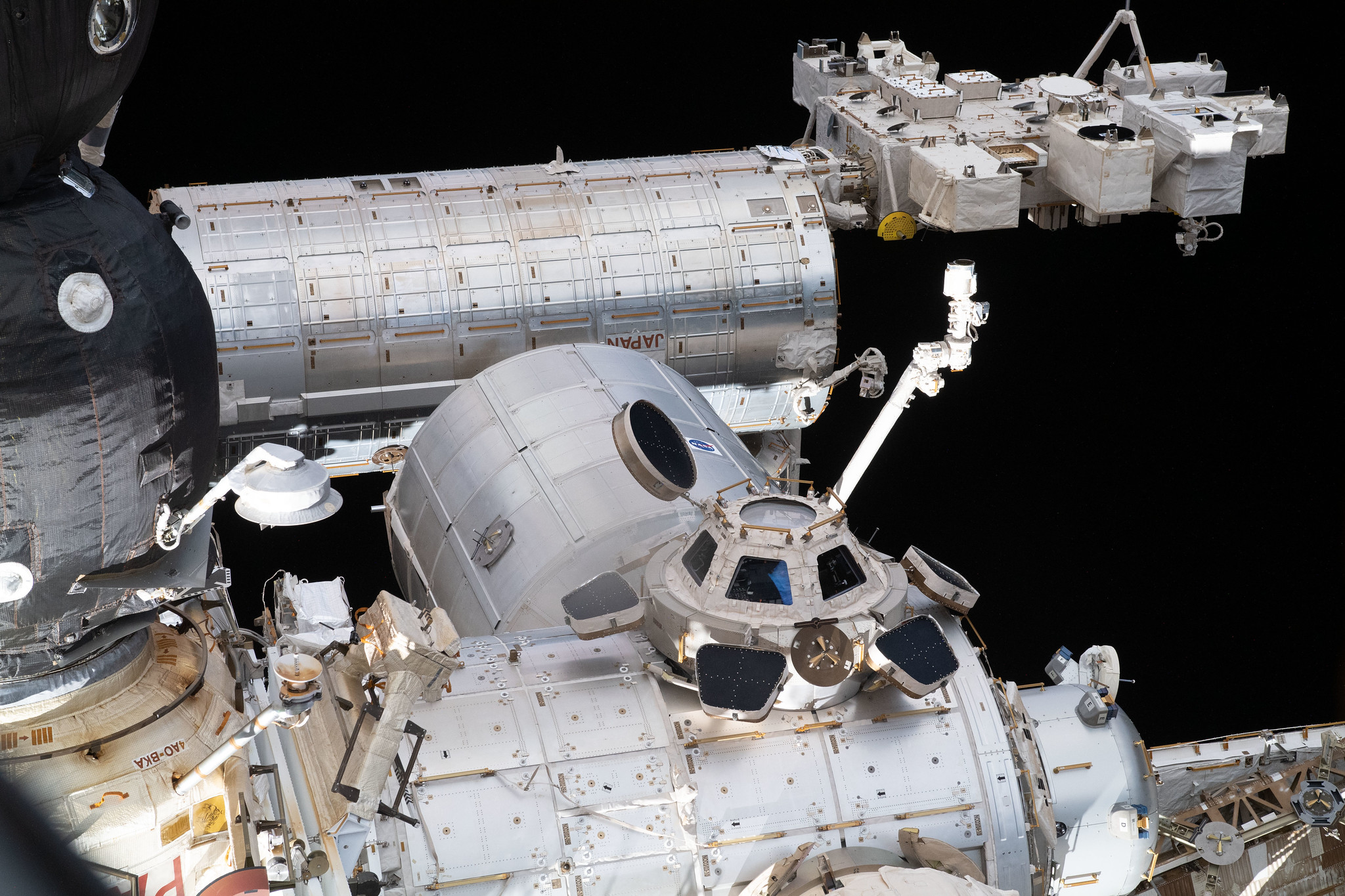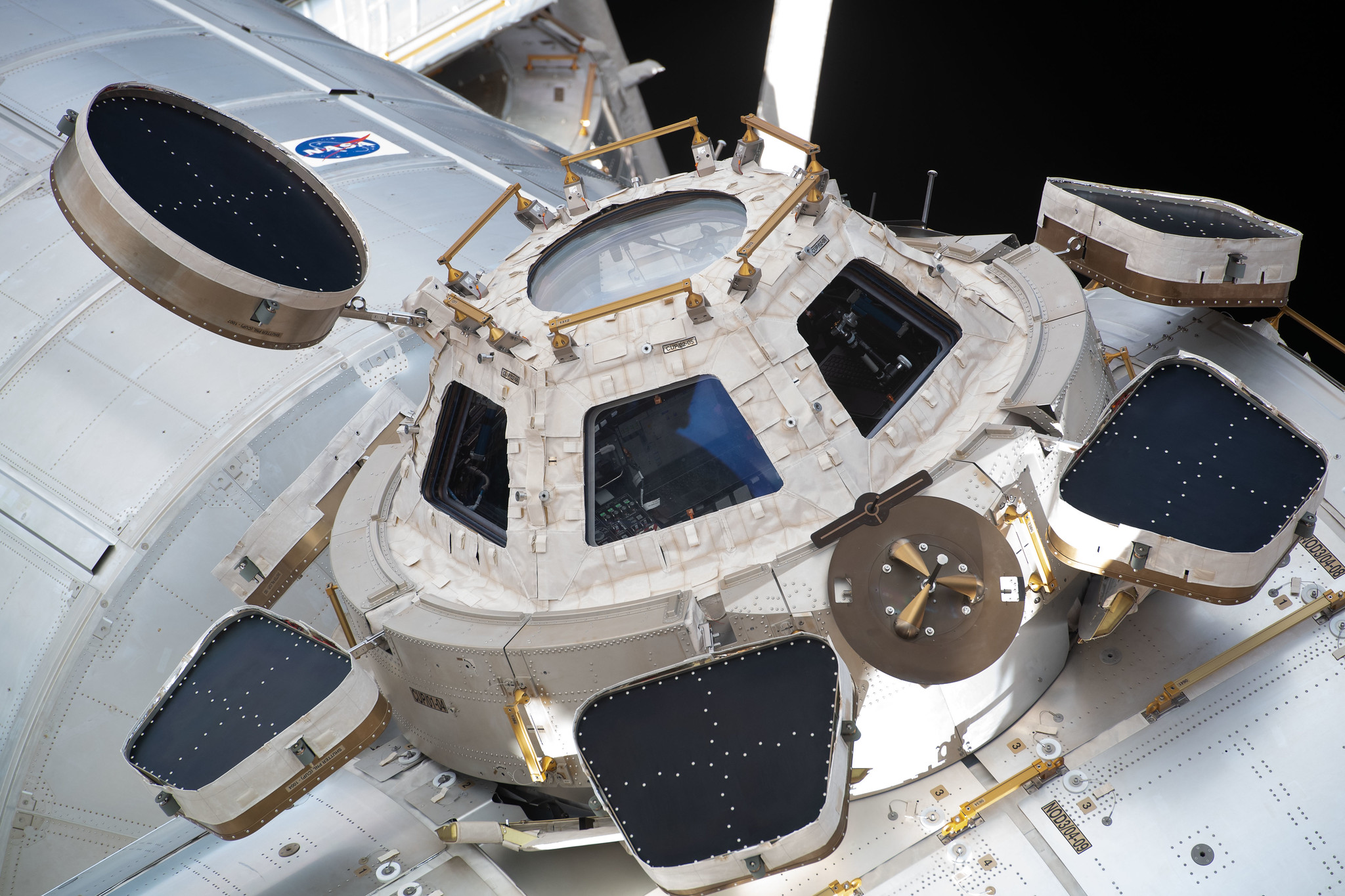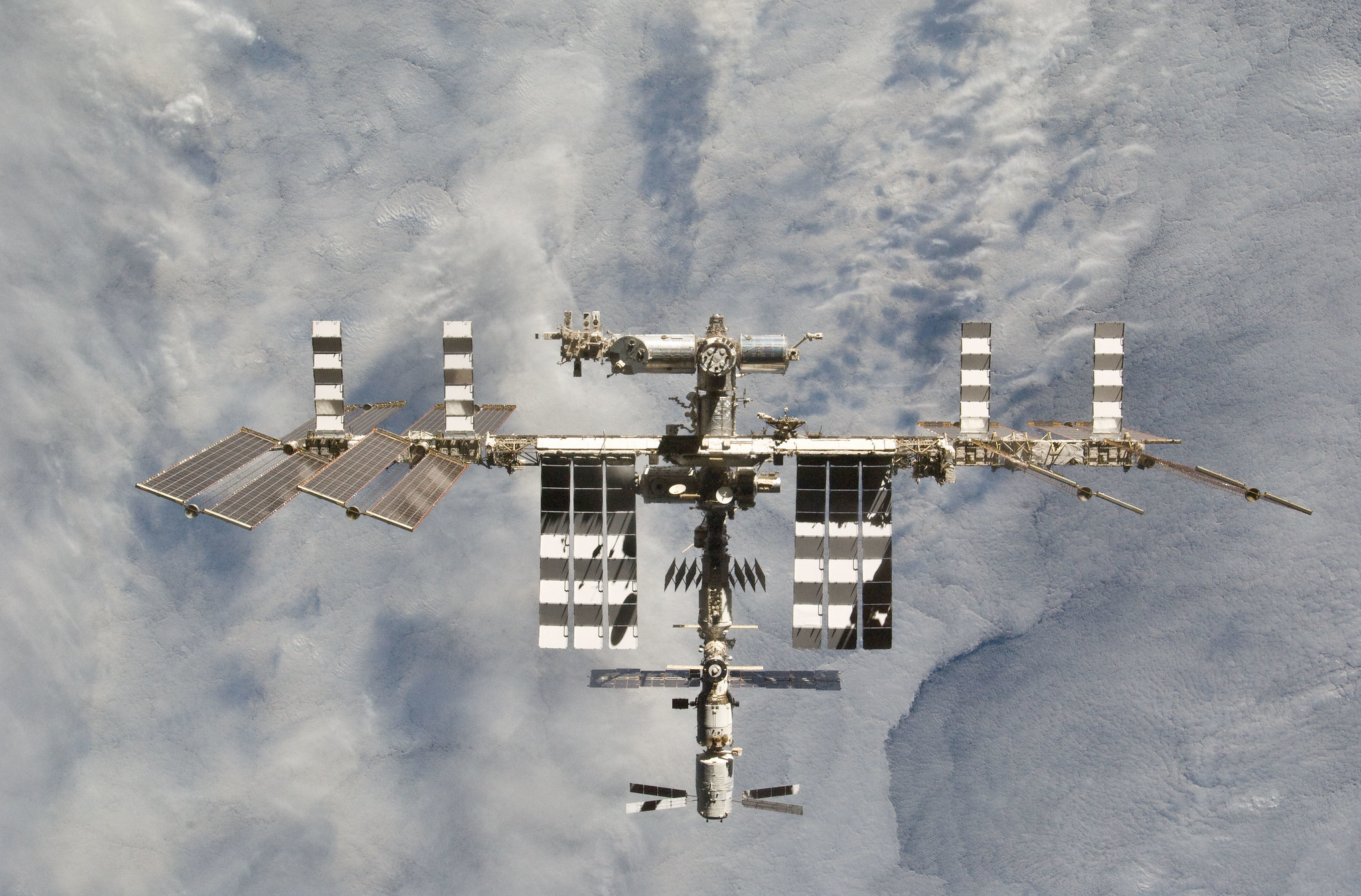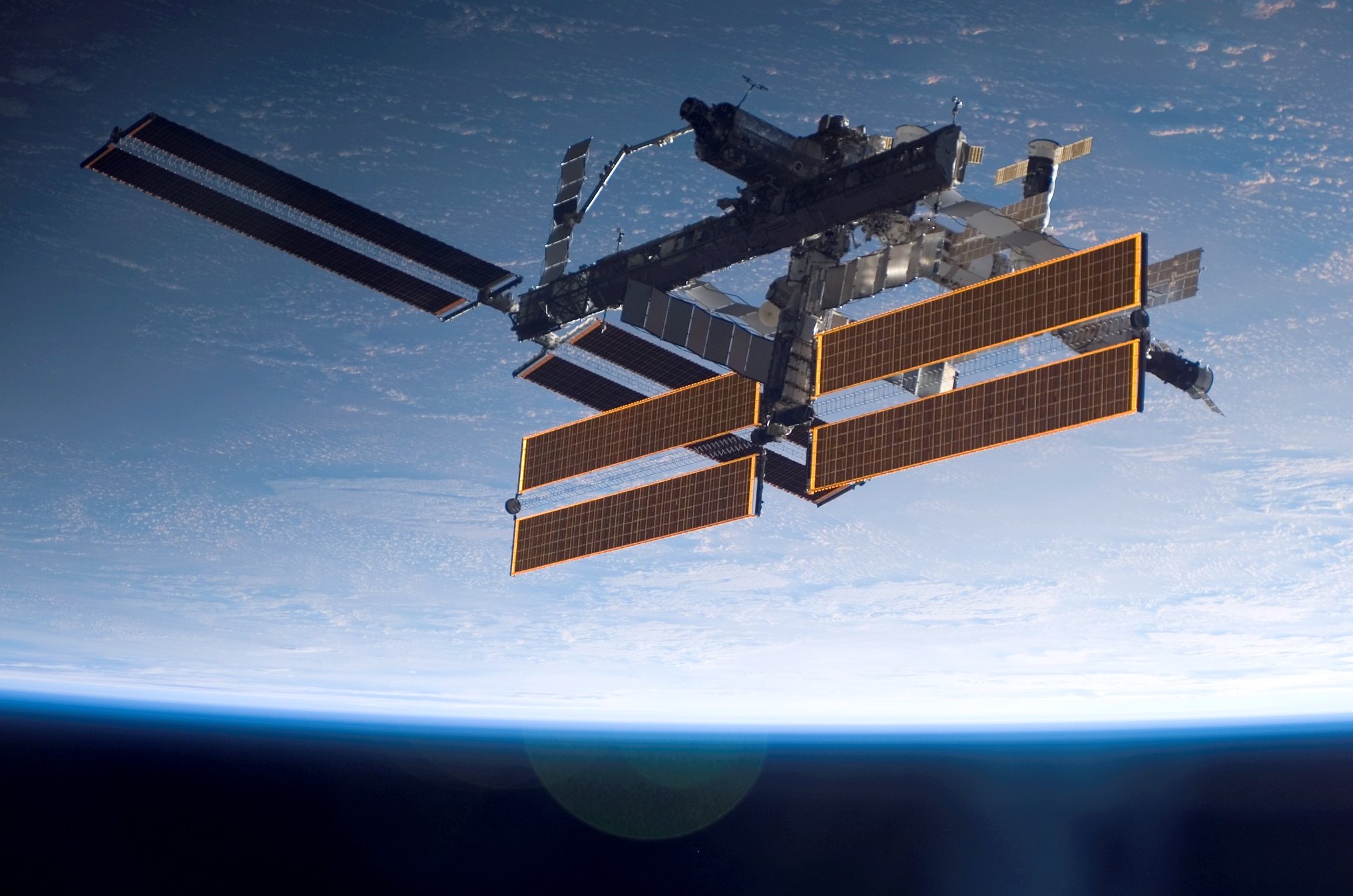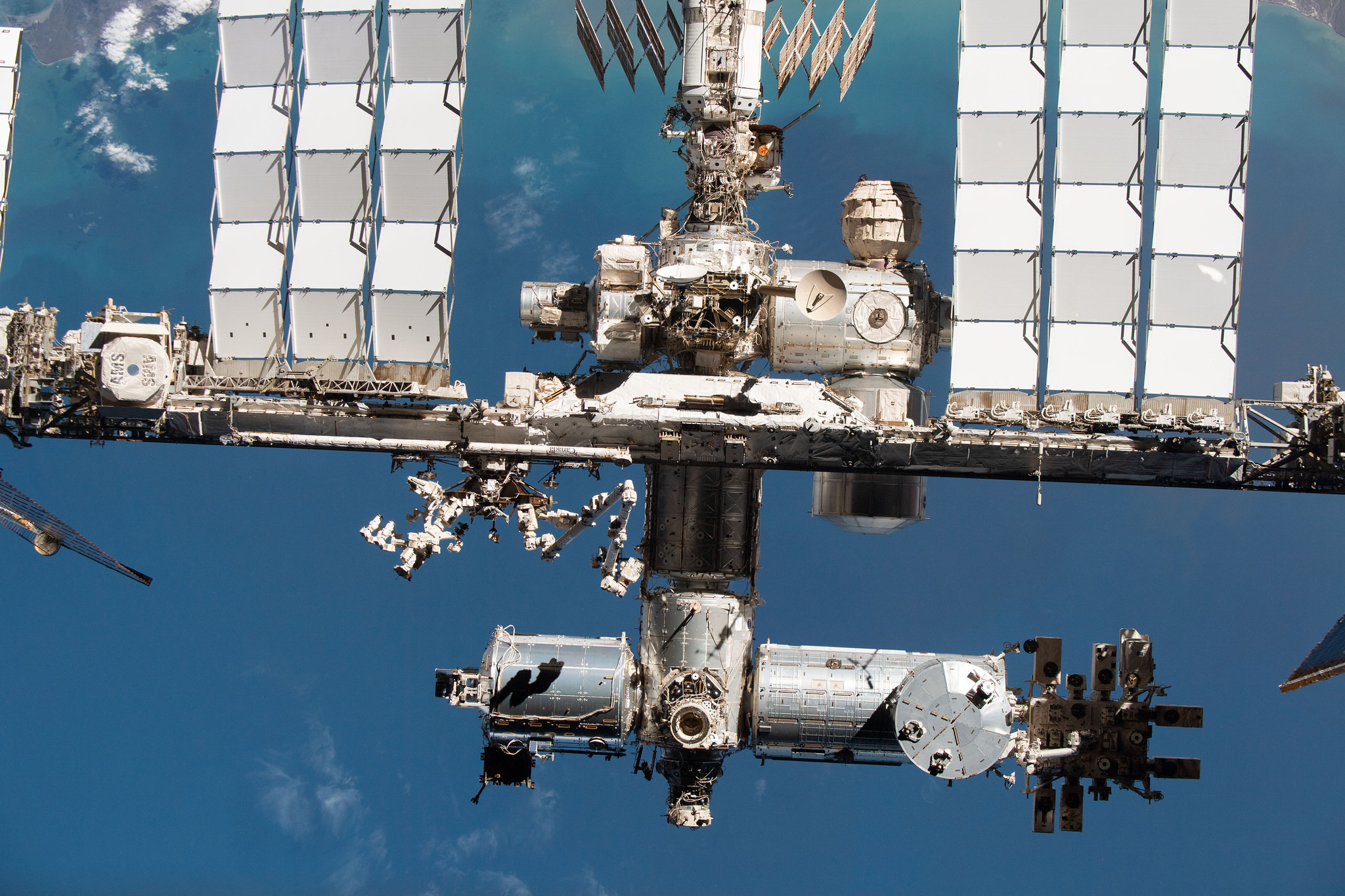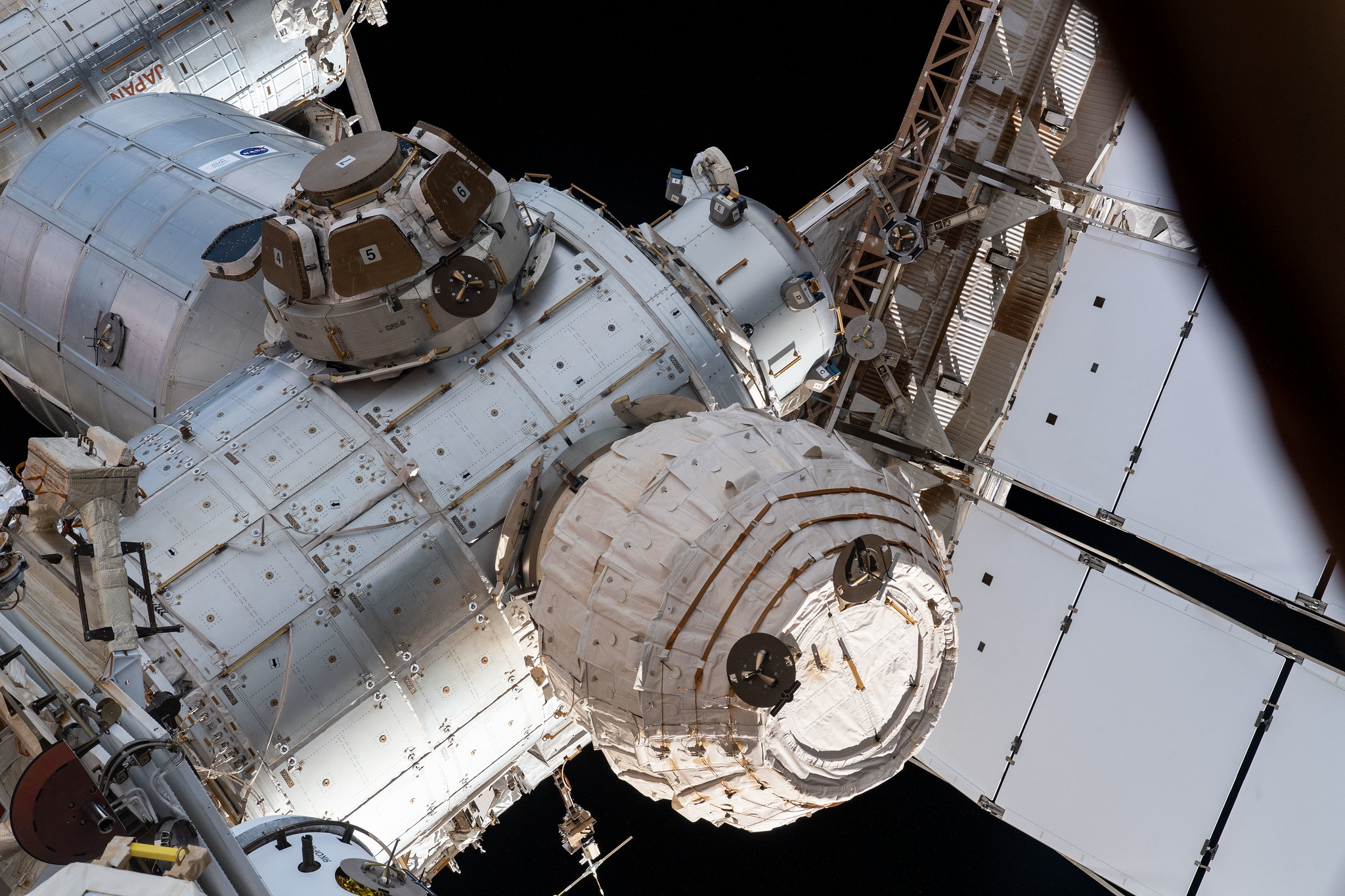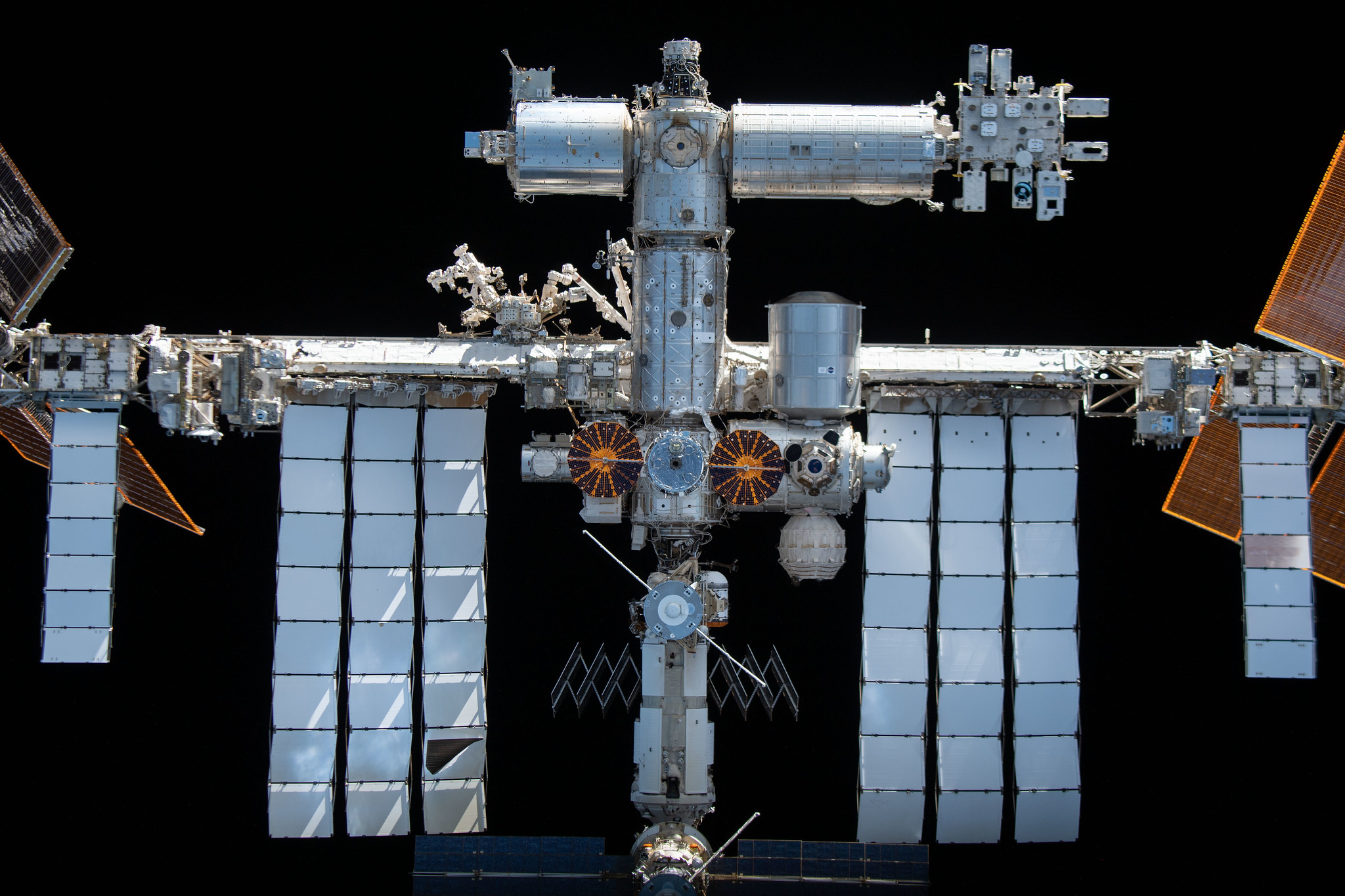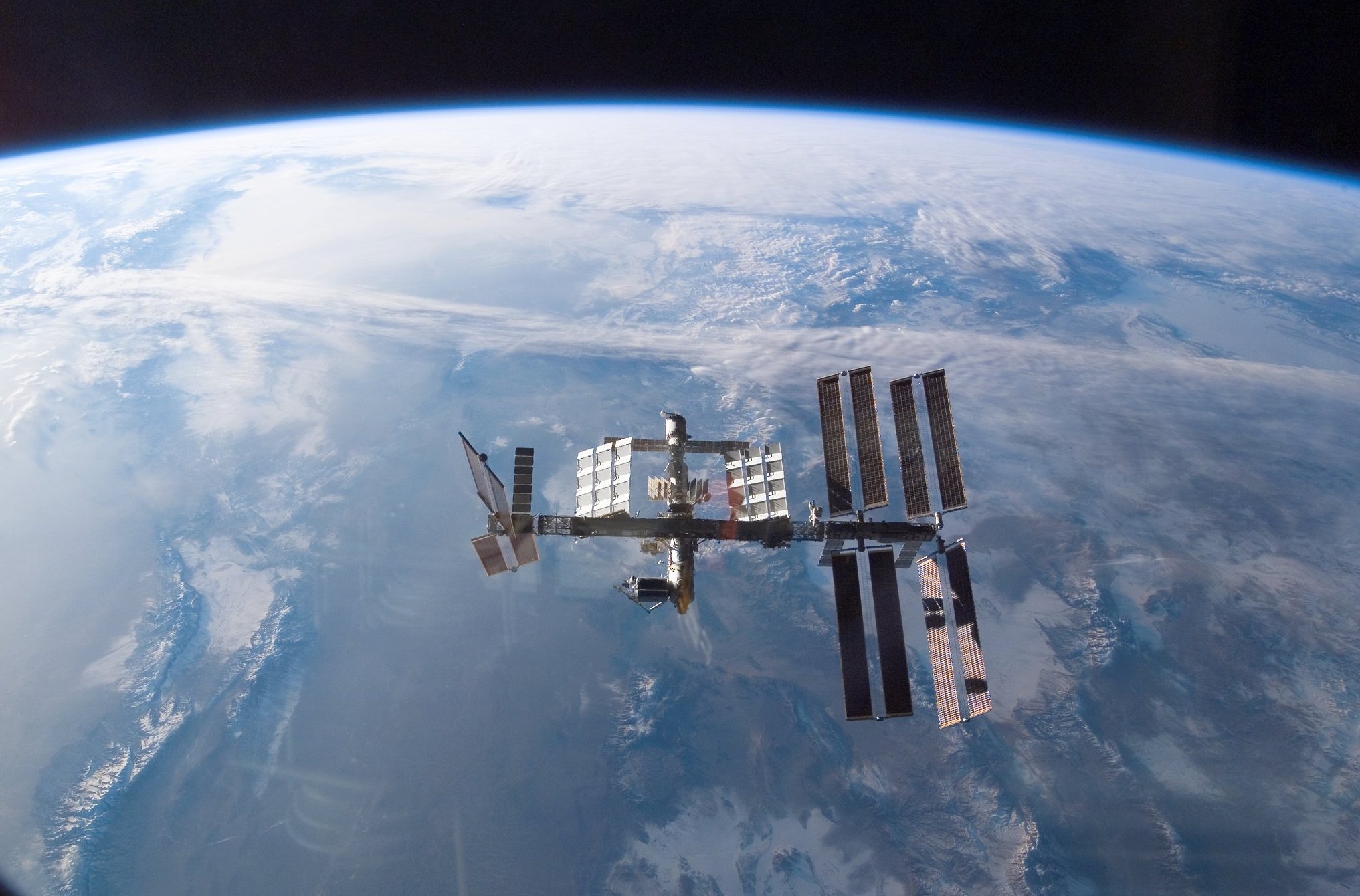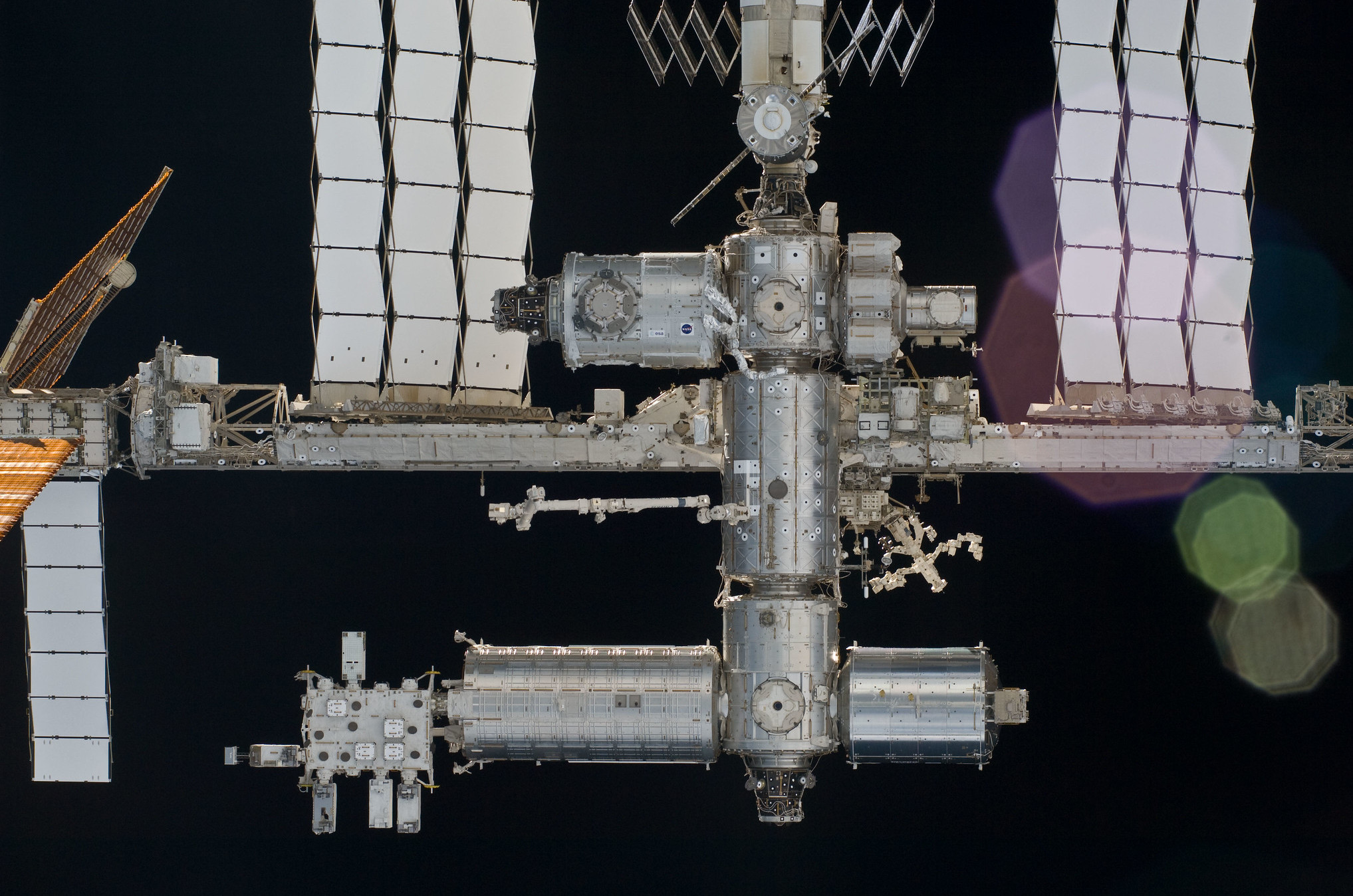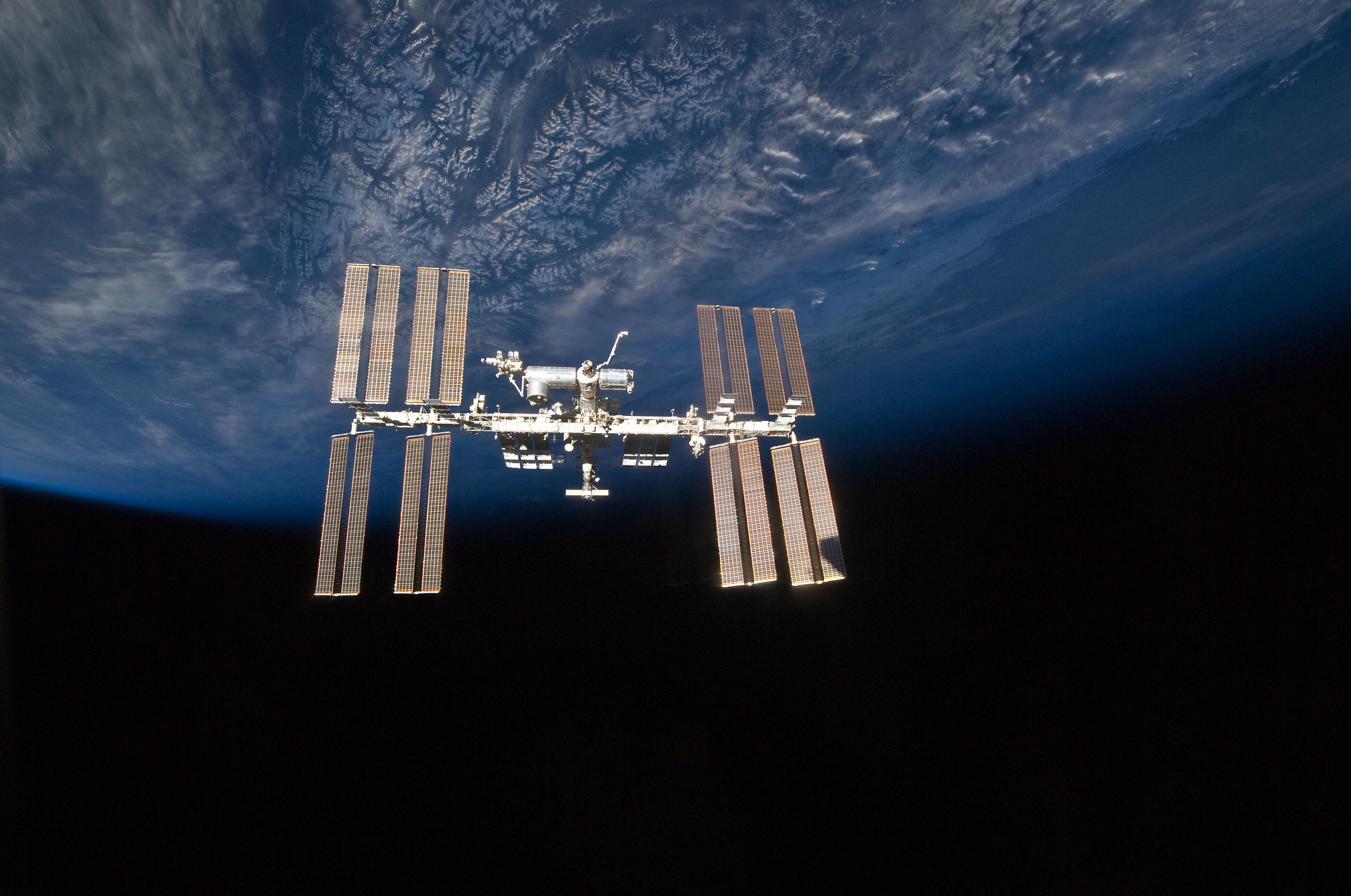An impressive feat of modern engineering and a notable example of what can be achieved by cross-border cooperation, the International Space Station (ISS) marks its 25th year of operations this week.
At the top of this page, you can enjoy a gallery of 25 stunning images of the ISS, most of them captured from visiting or departing spacecraft.
The station’s first two elements — Unity and Zarya — were attached by crew members of Space Shuttle Endeavour’s STS-88 mission on December 6, 1998, though the first long-duration stay by astronauts, which marked the start of a continuous human presence on the ISS that lasts to this day, didn’t begin until November 2000.
The facility is around 250 miles above Earth and makes a complete orbit of our planet about once every 90 minutes.
Over the years, the ISS has been expanded to a size that NASA describes as “larger than a six-bedroom house,” measuring 357 feet (108 meters) from end-to-end, which is about the size of an American football field. It includes six sleeping quarters, three bathrooms, a gym, and a number of research facilities.
“Through this global endeavor, astronauts have continuously lived and worked aboard the space station for more than 23 years, testing technologies, performing science, and developing the skills needed to explore farther from Earth,” NASA said in a message posted on its website this week.
It added: “More than 3,300 research and educational investigations have been conducted on station from 108 countries and areas. Many of these research and technology investigations benefit people on Earth, and many lay the groundwork for future commercial destinations in low Earth orbit and exploration farther into the solar system.”
During its quarter of a century in orbit, the ISS has been visited by 273 people from 21 countries, many staying for six months in microgravity conditions before returning to Earth.
For more on how astronauts live and work on the ISS, check out this collection of videos made aboard the facility by various visitors over the years.
Also, did you know that you can spot the ISS in the sky with the naked eye? Find out how to see the International Space Station as it passes overhead.
